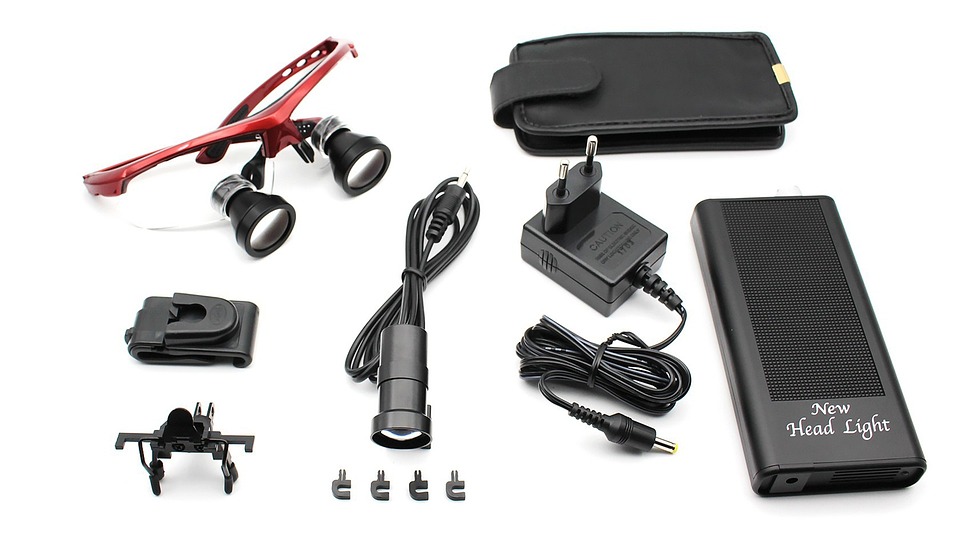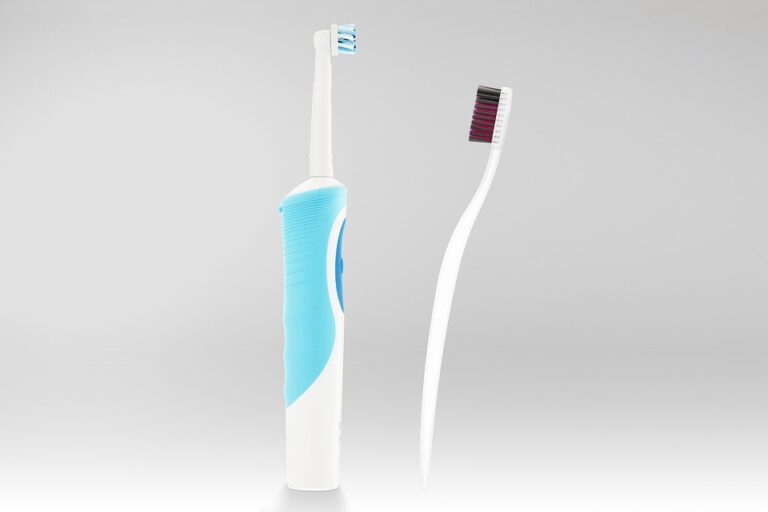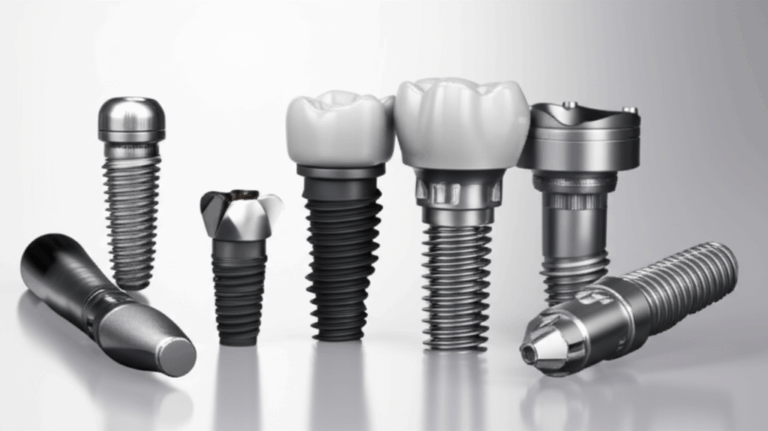
How Much Is A Dental Implant Molar
Thinking about getting a dental implant for a molar? You probably want a straight answer about the cost, right? Let’s talk about everything you should know, including why prices change, how to avoid bad surprises, and ways to make your next visit to the dentist a bit less scary. This article is worth reading because good info could save you a lot of money—and keep you from making choices you’ll regret.
Article Outline
- What is a Dental Implant Molar, Really?
- Why Do I Even Need a Molar Implant?
- What Affects the Cost of a Dental Implant Molar?
- How Much Does a Dental Implant Molar Cost on Average?
- Are All Dental Labs the Same? (Hint: No)
- What’s the Process Like?
- Is There a Cheaper Way? (And Should I Risk It?)
- Will My Insurance Pay for a Dental Implant Molar?
- What Can Go Wrong If I Skip the Implant?
- How Do I Find a Good Dentist or Lab?
- What Extras Should I Watch Out For?
- Should I Care About Zirconia, Emax, 3D, or China Dental Labs?
What is a Dental Implant Molar, Really?
Before I got my tooth worked on, I thought a dental implant was just a special filling. But really, it’s more like building a new base for your mouth. If you lose a molar, the dentist can put in a metal screw to stand in for your tooth root. Once that heals, a dental lab makes a crown that goes on top.
This new “tooth” is called a dental implant molar, and it’s made to work just like the real thing. Unlike bridges or dentures, implants are held in place without needing help from other teeth. You don’t have to worry about them coming loose when you eat tough foods.
If you’re missing a molar, eating and talking can get harder. Getting an implant is often the best—or sometimes the only—way to get your mouth working well again.
Why Do I Even Need a Molar Implant?
Let’s be real. I thought about skipping the implant and living with the gap because hardly anyone can see it, right? But after some time, I noticed my other teeth moving, my bite felt weird, and chewing got harder.
A molar is more than just a space holder. Molars crush your food and keep your bite balanced. If there’s a gap, other teeth can lean or even move into the empty spot, which can hurt your jaw or cause other tooth problems. One missing tooth can turn into a lot of dental trouble.
So, if you want to keep eating and stop even bigger bills later, fixing a lost molar with an implant is good care—not just about how you look.
What Affects the Cost of a Dental Implant Molar?
You’d think getting an implant would have one price, like buying bread. Not true! Costs change a lot since every mouth and every dentist is different.
First, where you live matters. Dentists in big cities charge more than small towns. Also, the health of your mouth is important. If you need things like a bone graft or an old tooth taken out first, costs go way up.
The lab and the stuff they use is another reason. If you get your crown from a china dental lab, zirconia lab, or emax dental lab, the price can change. The fanciest 3D dental labs often cost more for their special work.
Finally, your dentist’s experience counts. Someone with a lot of practice may charge more, but might get the job done right the first time, saving you trouble later.
How Much Does a Dental Implant Molar Cost on Average?
Here’s the big question—what’s this going to cost you? From what I’ve seen, most people pay about $3,000 to $6,000 for each molar implant in the U.S. That covers the screw, the middle piece (abutment), and the crown on top.
But don’t get too focused on that number. Sometimes you see cheap deals online for $1,500 or so. That may not include the crown, or extras like X-rays, CT scans, or after-surgery visits.
It can get confusing fast. Always ask what the full cost is, all together. The more they explain, the fewer surprises you’ll have later.
Are All Dental Labs the Same? (Hint: No)
Dental labs are where your new crown is made. But not all labs do the same quality work. Once, my dentist used a local lab that didn’t really know molars. My crown didn’t fit and had to be redone. That was a lesson for me.
Now, there are labs using cool tech, like a 3d dental lab for extra good results. Some labs use very hard stuff, like zirconia lab or emax dental lab—crowns from these look and work almost like real teeth. Crowns made in a china dental lab can cost less but might not be as good quality.
So, ask where your dentist gets your crown made—and why. It might make sense to spend a little more for something that lasts and fits right.
What’s the Process Like?
Getting a molar implant doesn’t happen in a day. Going from that first visit to chewing with your new tooth can take a few months. I’ve done it myself—waiting is important.
First, you see the dentist and get X-rays or a 3D scan. If your jawbone is ready, you have surgery to put in the metal post. They numb your mouth, screw it in, then you have to wait while your bone grows around it (that’s “osseointegration”).
A few months later, you come back for the middle piece (abutment) and finally the new crown, made by the dental lab to match your tooth. It takes time, but if you keep your mouth clean, this new tooth might last your whole life.
Is There a Cheaper Way? (And Should I Risk It?)
Looking for a deal is normal—I did that too. Some people travel to other countries or use low-price chains. Others pick a partial denture or bridge because it’s cheaper.
But here’s the risk: Saving money up front can lead to bigger trouble later. Cheaper implants might use worse materials, or be put in by dentists who haven’t done many. If the implant fails, you’re back to square one—healing, more surgery, more money.
If money is a problem, ask your dentist about payment plans or group discounts. Don’t just choose the cheapest thing you find. With implants, you usually get what you pay for.
Will My Insurance Pay for a Dental Implant Molar?
Insurance can be tricky. Dental insurance usually doesn’t pay the whole cost of an implant—maybe only a little for the crown. My plan said implants were “cosmetic” and only paid for bridges or partial dentures.
Some plans have “implant riders” so you get more if you pay extra. Sometimes medical insurance helps if your tooth was lost in an accident, but don’t count on it.
Always check first. Ask your dentist’s office to get a pre-approval so you know what you really have to pay.
What Can Go Wrong If I Skip the Implant?
It’s easy to just forget about the missing tooth and hope it won’t bother you. When I did that after losing a molar, food kept getting stuck, my jaw hurt, and my bite got worse.
If you don’t fill the gap, teeth next to it can move or get loose. The tooth above or below the gap can “grow out” since nothing stops it anymore.
Worse, the bone under the missing tooth gets smaller. If you want an implant later, fix-ups will be harder and cost more. Fix it soon to save future problems.
How Do I Find a Good Dentist or Lab?
Finding a good dentist is half the job. I asked friends, read online reviews, and checked who makes the crowns for each dentist.
Pick a dentist who does a lot of implants. Don’t be afraid to ask how often they do molars and which lab they trust. If they mention a zirconia lab, emax dental lab, or 3D dental lab, that’s a good sign.
If price worries you, go get a second opinion. Sometimes local dental schools charge less if you’re okay with being part of a teaching session.
What Extras Should I Watch Out For?
The first price you hear for a dental implant molar isn’t always the last one. I learned this after I was charged for extra X-rays, medicine to calm me, checkups, and even a bone graft.
Ask about all possible extra charges. Will it cost more if it takes longer to heal? Does the lab charge more for custom coloring? Are all checkups included?
Knowing now means fewer surprises later. Get a full, written treatment plan. It saves worry down the road.
Should I Care About Zirconia, Emax, 3D, or China Dental Labs?
Words like “zirconia lab” or “emax dental lab” sound fancy, but what do they mean? Zirconia is a very hard, white ceramic—great for molars since it doesn’t break easily when you chew. Emax is also strong and looks a lot like real teeth.
A 3D dental lab can make crowns that fit super well and look like your own tooth. China dental labs can be cheaper, but sometimes aren’t as good. The material or fit can be off compared to local labs that use better tech.
Ask your dentist what they use, and why. You want something that looks good, works right, and lasts a long time—so the material and the lab do matter.
Summary: Most Important Things to Remember
- Dental implant molars cost $3,000–$6,000 on average in the U.S.
- Lots of things affect the price: dentist skill, where you live, your mouth, and the lab.
- The dental lab matters—a good zirconia, emax, or 3D dental lab means a better fit.
- Insurance often pays little—check your policy first.
- Waiting to fix a lost molar can cause more problems.
- Get a full, written estimate—including all extras—so there are no shocks.
- Not all implants or labs are the same—be careful what you choose.
- Spending more now can save you money and stress later.
- dental care is better when you ask questions and know where your money goes.
If you’re unsure, remember: your smile is worth looking after. Don’t try to save in ways that cut quality—choose good care, good materials, and a dentist you trust.








